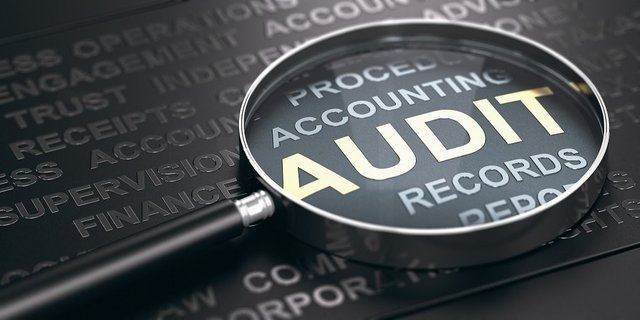In the complex landscape of finance and governance, understanding the nuances of audits, internal controls, and fraud detection is paramount for maintaining organizational integrity and operational efficiency. This article delves into the definitions, components, and significance of external and internal audits, internal control systems, and models for fraud detection and prediction.
•External Audit
An external audit is a methodical process that involves the accumulation and evaluation of evidence pertaining to an organization’s financial statements. The primary objective is to assess and report on the alignment between these statements and established criteria. Conducted by independent and competent auditors, this process is essential for ensuring transparency and fostering trust among stakeholders, including investors, regulators, and the public.
•Internal Audit
Internal auditing serves as an independent and objective assurance and consulting function designed to add value and enhance an organization’s operations. By systematically evaluating and improving the effectiveness of risk management, control, and governance processes, internal audits play a critical role in helping organizations achieve their objectives while adhering to established policies and regulations.
•Internal Control System (ICS)
An internal control system comprises processes designed and implemented by management to provide reasonable assurance regarding the attainment of three fundamental objectives:
1)Reliability of Financial and Non-Financial Reporting: Ensuring accurate and timely reporting.
2)Efficiency and Effectiveness of Operations: Promoting optimal operational performance.
3)Compliance with Laws and Regulations: Adhering to relevant legal and regulatory requirements.
Components of Internal Control Systems
The effectiveness of an internal control system is anchored in five key components:
Control Environment: This refers to the organizational culture and commitment to internal control practices.
Risk Assessment: The process of identifying and evaluating risks that may impede the achievement of objectives.
Control Activities: Policies and procedures that mitigate risks and ensure compliance with regulations.
Information and Communication: Systems that ensure relevant information is captured and communicated effectively throughout the organization.
Monitoring: Ongoing evaluations to ensure that the internal control system is functioning as intended and is capable of adapting to new challenges.
•Fraud
Fraud is characterized as an intentional misrepresentation of financial statements. It primarily falls into two categories: fraudulent financial reporting and misappropriation of assets. Understanding fraud dynamics is essential for organizations aiming to uphold ethical standards and financial integrity.
Fraud Prediction Models
Several models are utilized to predict the likelihood of fraudulent activities within organizations:
Altman Z Model: A financial formula that assesses the probability of bankruptcy.
P Model: An adaptation of the Altman Z Model, tailored to identify potential manipulations in financial statements.
Beneish M Model: A mathematical model leveraging eight financial ratios to detect profit manipulation.
Dechow F Model: This model evaluates accruals and earnings quality to identify potential earnings manipulation.
A firm is deemed fraudulent if at least two of these models classify it as such; otherwise, it is considered non-fraudulent.
Fraud Detection Models: The Fraud Hexagon
The Fraud Hexagon identifies six critical elements that contribute to the likelihood of fraudulent behavior:
Stimulus/Incentive/Pressure/Motive: Factors that compel individuals to commit fraud, often linked to financial distress.
Opportunity: Situations that facilitate fraudulent actions, typically arising from weaknesses in internal controls.
Rationalization: The justification that perpetrators create for their actions, often believing they are merely borrowing funds.
Capability: The personal characteristics and positions of individuals that enable them to commit fraud, especially in environments with lax oversight.
Ego (Arrogance): A heightened sense of confidence can lead individuals to underestimate the risks of detection while committing fraud.
Collusion: An agreement between two or more parties to deceive a third party, often complicating detection efforts.
•Conclusion
A thorough understanding of these critical concepts is vital for professionals operating within finance and governance sectors. Implementing effective auditing practices and robust internal control systems is crucial for mitigating the risk of fraud and ensuring the overall integrity of organizations. By leveraging predictive and detection models, organizations can enhance their governance frameworks and safeguard against potential financial misstatements.
